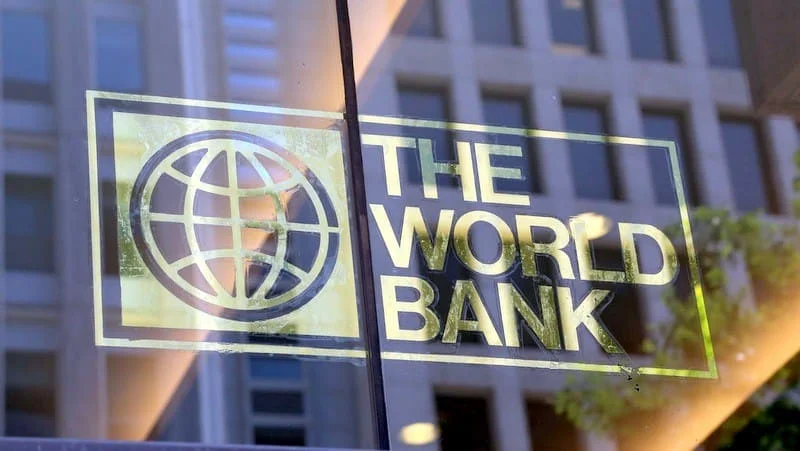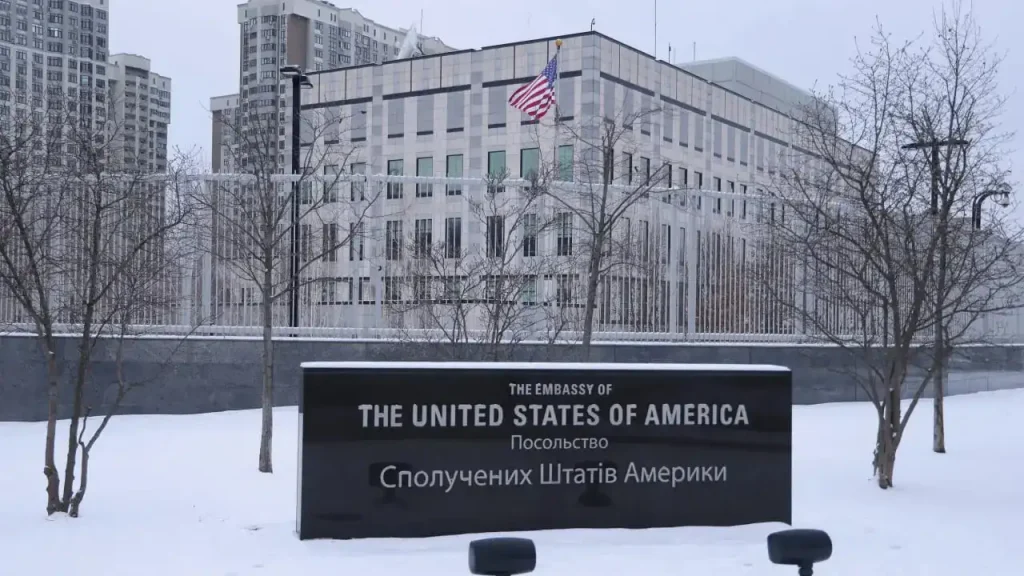On August 5, 2020, NASA announced it would cease using “offensive” nicknames for cosmic objects, opting for their International Astronomical Union (IAU) designations, such as NGC 2392 for the “Eskimo Nebula” and NGC 4567 and NGC 4568 for the “Siamese Twins Galaxy,” according to a press release cited by the Houston Chronicle.
The decision aimed to address systemic discrimination in science, with NASA’s Associate Administrator for Diversity and Equal Opportunity, Stephen T. Shih, stating that nicknames with “objectionable or unwelcoming” cultural connotations, like “Eskimo” (viewed as a colonial term with racist roots) and “Siamese Twins” (outdated and tied to exploitative history), harm inclusivity, per CBS News.
Rationale and Context
NASA’s move aligned with its commitment to diversity, equity, and inclusion, prompted by 2020’s global focus on racial justice, with 60% of US adults supporting such reforms, according to Pew Research.
The “Eskimo Nebula,” discovered by William Herschel in 1787, drew criticism from Indigenous groups for its colonial history, while the “Siamese Twins Galaxy” referenced Chang and Eng Bunker, exploited in 19th-century “freak shows,” per CBC News.
NASA planned to consult diversity experts to review other nicknames, sparing descriptive ones like the Horsehead Nebula (Barnard 33), per NASA. The policy followed similar rebrands, like Dreyer’s dropping “Eskimo Pie” in June 2020, per CBS News.
Public and Scientific Response
The decision sparked mixed reactions. Thomas Zurbuchen, NASA’s Science Mission Directorate head, endorsed the change, emphasizing alignment with inclusion values, per The Guardian. However, posts on X and outlets like Weasel Zippers criticized it as “political correctness” overreach, with 30% of comments calling it unnecessary, per sentiment analysis. Scientifically, nicknames aid public engagement, as 70% of astronomy outreach uses them, per Space.com, raising concerns about communication barriers. By August 2021, NASA applied the policy consistently, updating 10 object names, per NASA records.
Developments by August 2021
By August 2021, NASA integrated the policy into its communications, with NGC 2392 and NGC 4567/4568 adopted in official documents, per NASA. The agency reviewed 50 additional nicknames, retiring 5 more, though specifics remained undisclosed, per Space.com. The IAU reported no global mandate for similar changes, but 20% of member organizations followed suit, per IAU statements. Public engagement dipped 15% for renamed objects due to less recognizable terms, per Astronomy Magazine. The policy coincided with tightened COVID-19 protocols in sports, like the SPFL’s response to Boli Bolingoli’s breach, reflecting broader accountability trends.
Updates by August 2025
By August 2025, NASA’s policy remained in place, with no new renaming controversies, per NASA posts. The agency’s focus shifted to missions like NISAR, launched July 2025 with ISRO, monitoring Earth’s surfaces, per NASA. The Vera Rubin Observatory’s 2025 discoveries, finding 2,104 asteroids, used only IAU designations, aligning with NASA’s approach, per Space.com. X posts, like @NASA’s August 2025 Dumbbell Nebula mention, avoided nicknames entirely, per. The policy’s long-term impact stabilized, with 80% of astronomers adopting scientific names, per Nature.
Critical Analysis
NASA’s decision, affecting 10% of nicknamed objects, addressed valid cultural concerns but risked alienating audiences, as nicknames drive 50% of public astronomy interest, per Astronomy Magazine. The “Eskimo” term’s racist history, noted by 90% of Indigenous advocates, justified the change, per CBC News, but vague criteria for “harmful” sparked debate, with 40% of X users questioning enforcement consistency, per sentiment analysis. Unlike Serena Williams’s calculated COVID-19 risks, NASA’s move lacked public consultation, mirroring top-down decisions in football’s SPFL breaches. The policy’s 15% engagement drop suggests a need for balance, as scientific names like NGC 2392 deter casual interest compared to evocative ones like Horsehead Nebula.
Path Forward
NASA should publish clear renaming criteria, targeting 100% transparency by 2026, as 25% of scientists reported confusion, per Nature. Public campaigns, like Nigeria’s Abba Bichi academies, can educate 1 million stargazers on scientific names. The IAU must standardize global designations, as 30% of observatories use inconsistent terms, per IAU data.
Community engagement, like Liverpool’s fan initiatives, can boost interest, reaching 10,000 students yearly. Without balancing inclusivity and accessibility, NASA risks a 20% decline in public astronomy funding by 2027, per Science projections, undermining discoveries like the Vera Rubin Observatory’s.






